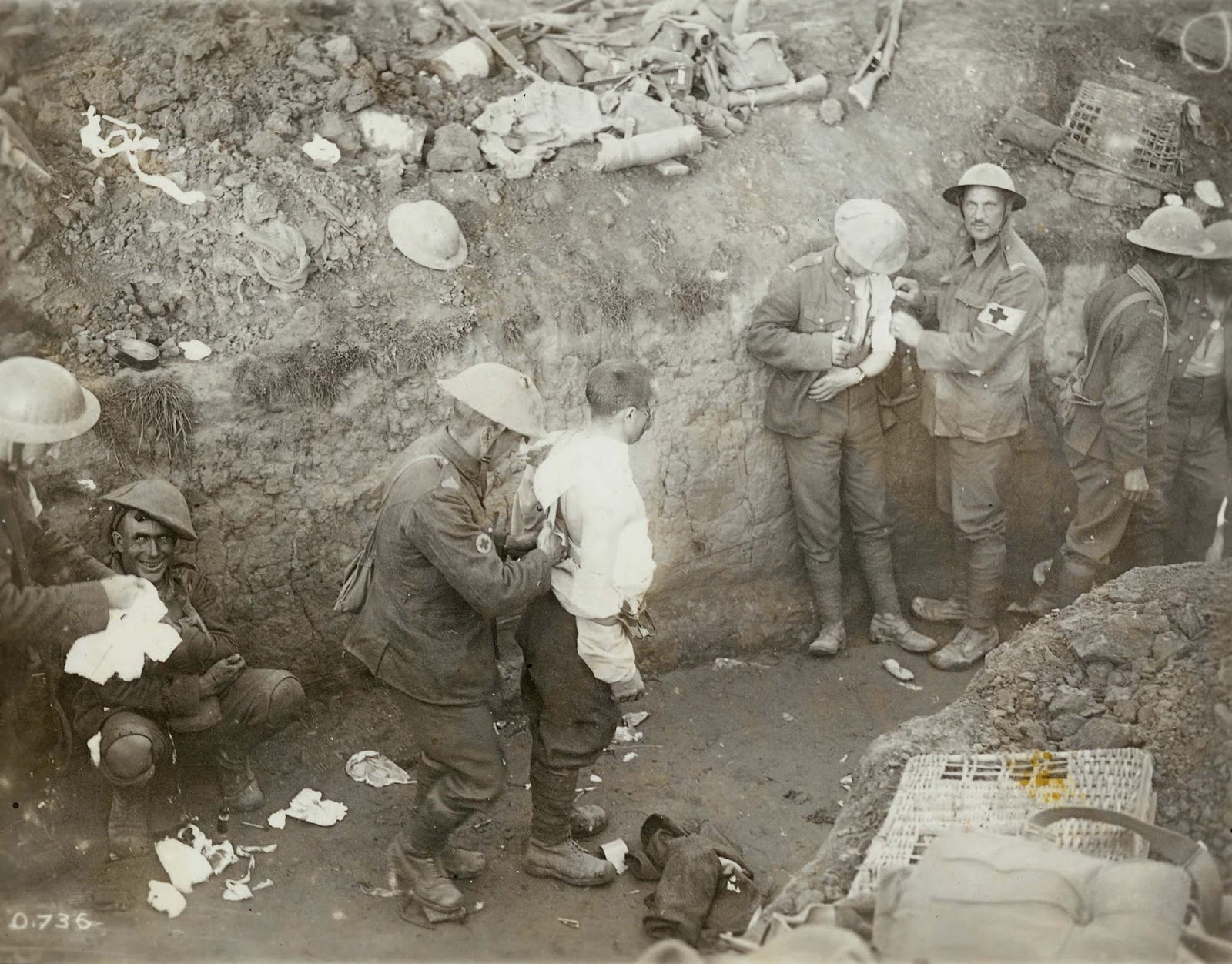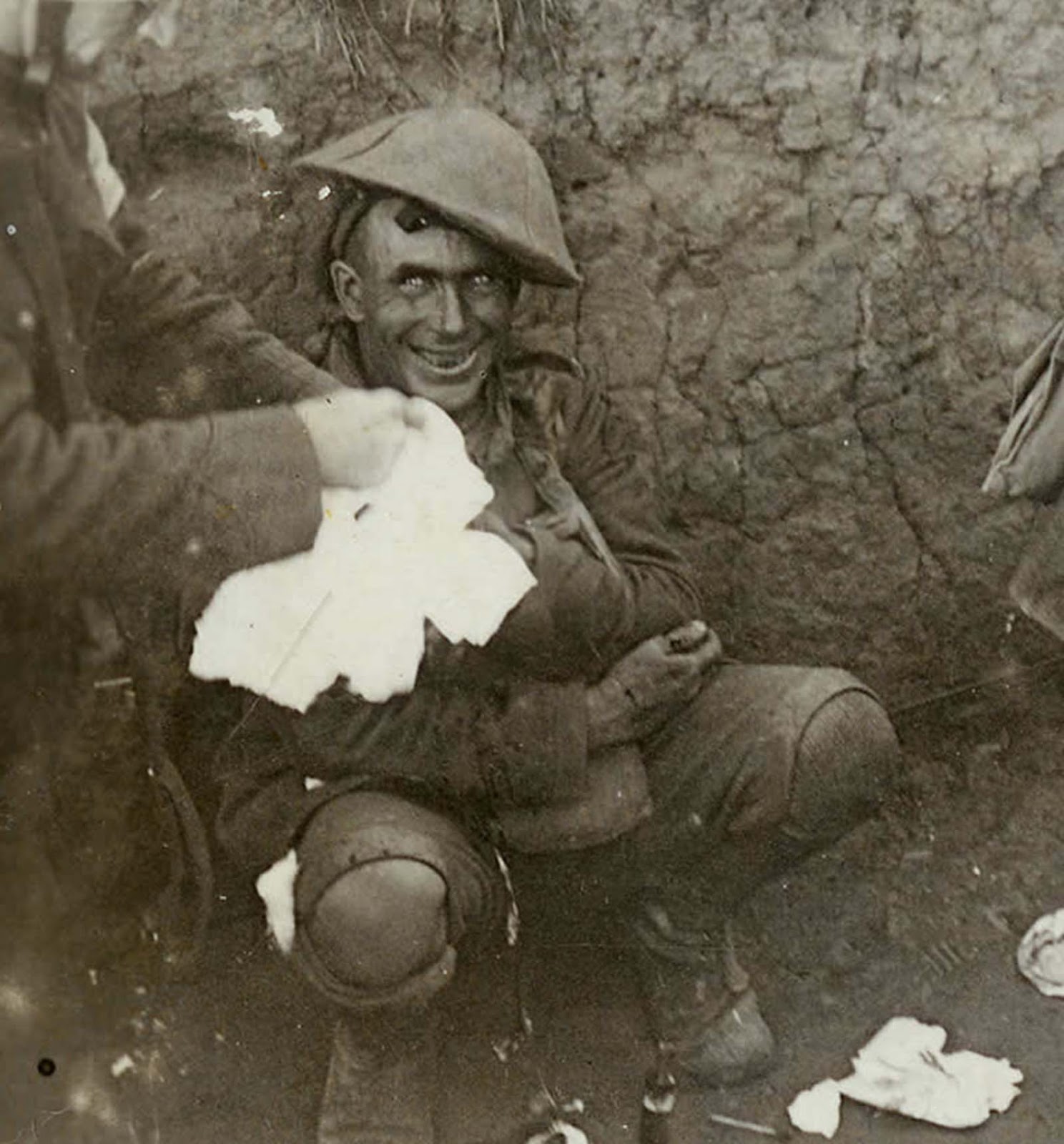
The eyes of madness.
At that moment in time everything he’s been raised to work within, the social constructs which make up every part of his life just exploded and shattered to nothing, and he’s lying there, slumped in a trench, afraid for his life, hearing and seeing death around him, his entire psyche broken. Even more haunting when you think that people didn’t smile for the pictures back then.
The term “shell shock” was coined by the soldiers themselves. Symptoms included fatigue, tremor, confusion, nightmares and impaired sight and hearing, an inability to reason, hysterical paralysis, a dazed thousand-yard stare is also typical.
It was often diagnosed when a soldier was unable to function and no obvious cause could be identified. “Simply put, after even the most obedient soldier had enough shells rain down on him, without any means of fighting back, he often lost all self-control”.
While the term shell shock is no longer used in either medical or military discourse, it has entered into popular imagination and memory and is often identified as the signature injury of the war.

Medical orderlies tend to the wounded in a trench during the Battle of Flers-Courcelette in mid-September 1916. The man on the left is suffering from Shell Shock.
For instance, in his testimony to the post-war Royal Commission examining shell-shock, Lord Gort said that shell-shock was a weakness and was not found in “good” units.
It’s unclear how many were shell-shocked and convicted of cowardice or desertion when they really were insane. Later the British government gave pardon to the soldiers executed for cowardice and desertion, in this way officially recognizing the shell shock effect the war had on its troops.
The Anglo-French attack of 15 September began the third period of the Battle of the Somme but by its conclusion on 22 September, the strategic objective of a decisive victory had not been achieved.
The infliction of many casualties on the German front divisions and the capture of the villages of Courcelette, Martinpuich, and Flers had been a considerable tactical victory but the German defensive success on the British right flank made exploitation and the use of cavalry impossible.
Tanks were used in battle for the first time in history and the Canadian Corps and the New Zealand Division fought for the first time on the Somme. On 16 September, Jagdstaffel 2, a specialist fighter squadron, began operations with five new Albatros D.I fighters, which were capable of challenging British air supremacy for the first time since the beginning of the battle.
